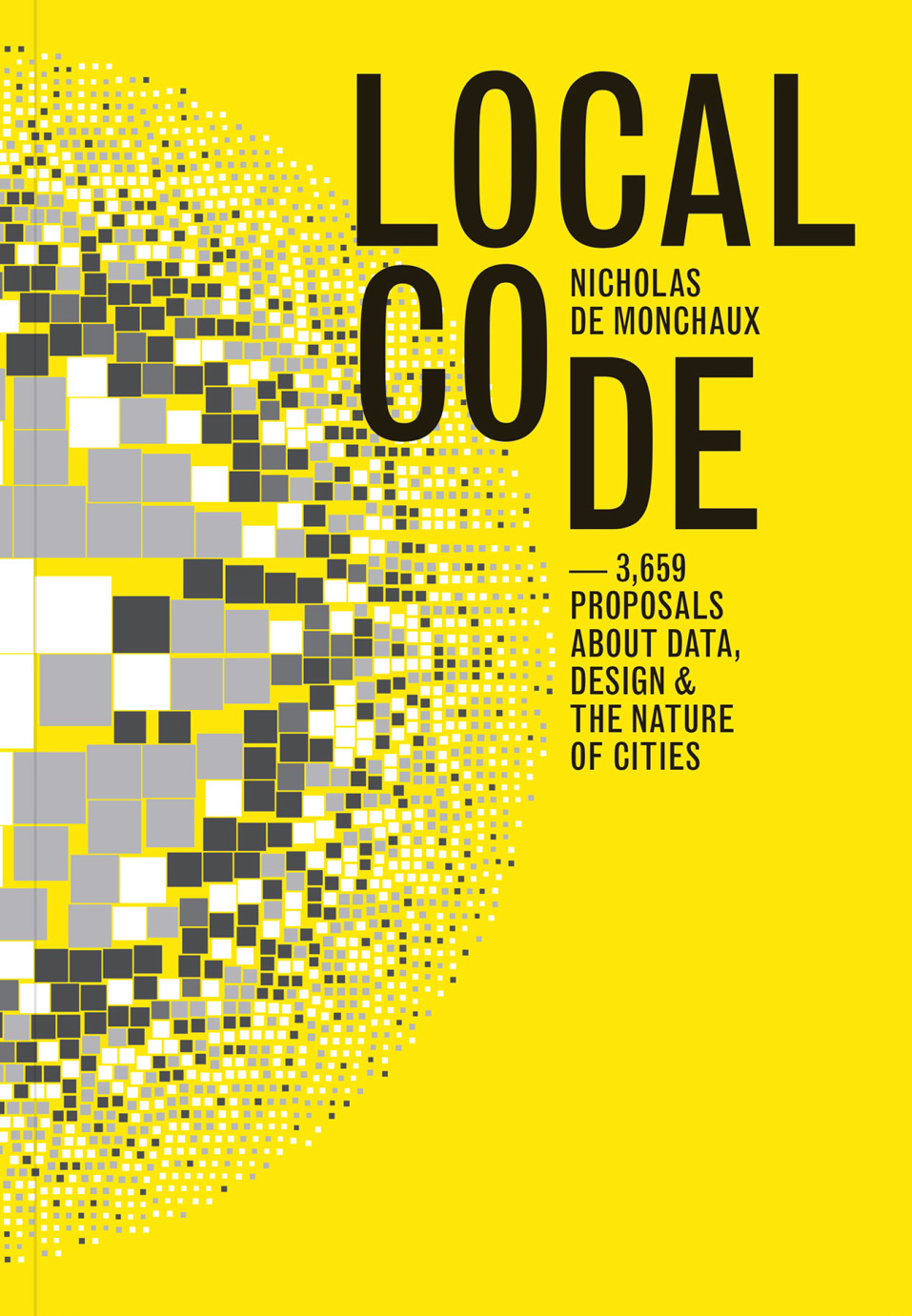Nicholas de Monchaux
Princeton Architectural Press, 2016

In 1973 cybernetician Stafford Beer’s Project Cybersyn radically reframed the role of computation within a design process. The project, an attempt to computationally control the Chilean national economy, used a computer and 500 Telex machines (imagine a sort of proto–fax machine) to synthesize complex production information and provide human users an ability to intervene. Through a complex ecology of information, human agents were provided with simple choices that would alter the entire economy.
What is notable about Project Cybersyn is what it did not do—it did not, at any point, attempt to create a simulation of the economy, a common approach for strategists and scenario planners at the time. One could argue that the two-day lag of information was essentially a simulation, but for hardware circa 1973 the delay was effectively real time. Beer was entirely focused on using computation to intervene with the economy directly, as opposed to creating a computational model of the economy and then developing a response. The direct application of cybernetic systems was critical for Beer, who was once quoted as saying that academic research scientists were not “solving problems, they are writing bloody Ph.D. theses about solving problems.”1
The inclusion of cities and cyborgs in a book that is otherwise entirely focused on the cultural forces behind industrial and fashion design suggests that the development of the Apollo spacesuit is a subtle metaphor for urbanism. Local Code: 3,659 Proposals about Data, Design and the Nature of Cities extrapolates the urban implications of the counterapproaches described in “Cities and Cyborgs” into a series of essays and urban proposals. The essays eloquently draw from sources like Jane Jacobs and Colin Rowe to describe, in Jacobs’s words, “the kind of problem a city is,” and why it has resisted a systems theory–based design approach. De Monchaux skillfully uses the development and history of Geographic Information Systems (GIS) to articulate how digital cartography tools have accelerated an acceptance of representation of a landscape as the landscape itself, an acceptance of the simulation of a context as proxy for the context.
A lesser-known aspect of Project Cybersyn was the related Project Cyberfolk. Also developed by Beer, Project Cyberfolk can be understood as one of the first attempts at computational social media. Beer proposed that every house in Chile would have a dial that the occupants would change based on how they felt about the government’s control of the economy. They would have been effectively thermostats for political content—if the inhabitants appreciated the decisions that were made, they would turn the dial one way; if they were dissatisfied with the economic actions, they would turn it the other way.
Local Code is a compelling description of the kind of problem a city is and, in building upon Jacobs’s insight, convincingly describes many of the issues of designing for it. While the design proposals may be nascent, the underlying suggestion is clear—we cannot pretend that the old models for computational urban design will suffice; we need to seek to leverage urban data in other ways. Local Code has very effectively opened a door into the wall created by systems thinking, offering urban and architectural designers a substantial theoretical framework within which to work.
How to Cite this Article: Webb, Alexander. Review of Local Code: 3,659 Proposals about Data, Design and the Nature of Cities, by Nicholas de Monchaux. JAE Online.https://jaeonline.org/issue-article/local-code-3659-proposals-about-data-design-and-nature-cities/.






